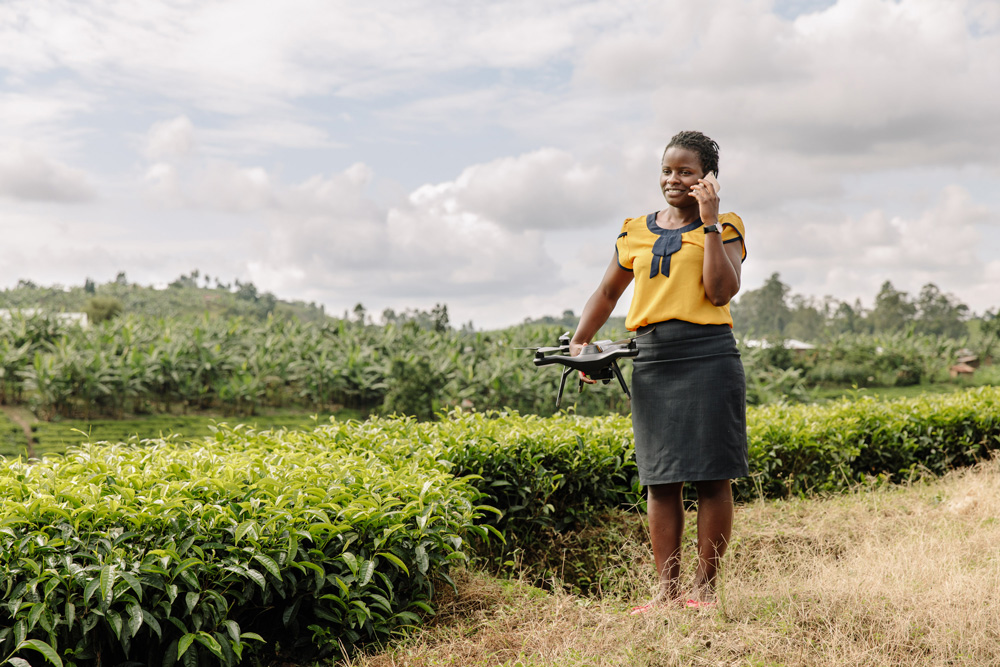The coronavirus caused a global health crisis and pushed governments to limit the movement of people and goods, and the Eastern Africa region is no exception.
The two previous articles from this series focused on the impacts the pandemic is having on farmers and food companies in Eastern Africa and discussed the challenges experienced by these groups.
But what might be less well-known is the way restrictions have affected agricultural input and extension service providers. Inclusive Business Sweden investigated how agricultural service providers are adapting and obtained insights from KUZA Biashara Ltd, Kenya.
